There are quite a few places in Africa that are on my Bucket List, and Mozambique is one of them. The former Portuguese colony of Mozambique is an East African country, bordered by South Africa, Malawi, Tanzania, Zambia, Zimbabwe and Swaziland.
Magical Mozambique
One of the main attractions, for me, is the natural beauty of the country. The warm, clear waters of the Indian ocean, palm-fringed beaches, pristine coral reefs, and abundant wildlife make it a perfect holiday destination. Today I am exploring a bit more about the area, and sharing A Guide To Mozambique.
Mozambique is everything a tropical getaway should be. It also boasts a rich Portuguese and musical history, not to forget fascinating architecture. This vibrant and eclectic mix allows tourists the opportunity to fully embrace the local culture, dine on delicious seafood dishes, and enjoy the sights and sounds of Mozambique.
How To Get to There
Getting to Mozambique can be done by either plane or car. Flights vary between R6000 and R10 000, depending on which city you are in and which airline you choose.
Image: Bob Rayner, Wikimedia Commons.
Travelling by car is a popular option. If you decide to take the more scenic route, a 4X4 vehicle is your best bet. If you decide to take your own car, make sure your Car Insurance policy is updated before your trip, and covers you while in another country.
Top Tips For Road Travel
If you decide on a road trip to Mozambique, you must carry your valid passport, valid driver’s licence, proof of ownership of your vehicle or rental agreement, and a ZAR sticker on your car. You are advised against driving during the rainy season as the roads become muddy and difficult to navigate. South Africans don’t need a visa for Mozambique if the trip is less than 30 days.
Currency
The currency in Mozambique is the Metical (MZN), with the current exchange rate at 1 MZN to 0.24 ZAR. It is advisable to carry cash, as many places outside of the major cities do not accept credit cards. You will find ATMs located throughout the capital. In the southern parts of the country, both Rands and US Dollars are accepted. If you do need to exchange Rands, you can do so at an official Bureau de Change.
What To Pack
If you are planning a beach holiday, then pack plenty of lightweight t-shirts and shorts. Naturally, a few swimming costumes and a sun hat are essential. Don’t forget your sunglasses, sandals, as well as comfortable walking shoes. For the evenings pack a long-sleeved sweater or cardigan, which can help protect against mosquitoes.
Make sure you pack all your essential travel gadgets. My go-to gadgets include a DSLR camera, smartphone, power bank, 3G dongle and Bluetooth earphones.
The Local Cuisine
Image: Tim Cowley, Wikimedia Commons.
For me, one of my greatest pleasures when travelling is experiencing new and different cuisines. Mozambican cuisine, influenced mainly by their Portuguese history, includes a great deal of seafood-based meals, especially along the coast. You can expect ingredients like cassava (a long and tuberous, starchy root), green leafy vegetables, cashew nuts, Ugali and potatoes.
A few everyday dishes you can expect to find include pãozinho, a Portuguese style bread bun, Espetada, a red meat kebab, as well as prego steak rolls.
Where To Stay
While beach and safari lodges are in abundance, you will find all types of accommodation. Accommodation options range from backpackers and campsites on the coast to self-catering lodges and luxury hotels. A general rule of thumb is the more amenities on offer and the more luxurious the accommodation, the more expensive it will be.
Top Things To Do
Image: Steve Evans, Wikimedia Commons.
One of the top things to do while in Mozambique, and high on my list, is a trip to Bazaruto National Park. The park, located in the isolated Bazaruto Archipelago, is made up of a cluster of islands. The 1 400 kilometre square park, a protected paradise overflowing with a large variety of bird species, is also home to marine species such as crocodiles, dolphins, turtles, as well as a population of dugongs.
This virtually isolated archipelago offers visitors a host of land, as well as sea-based activities. The crystal clear waters offer adventure seekers everything from deep sea fishing and scuba diving to snorkelling, kitesurfing and paragliding.
The Best Time To Visit
Mozambique’s warm, tropical climate results in a wet and humid summer from October to April, and a dry and cool winter from May to September. The best time to visit is between May and November when temperatures are cooler, and there are fewer tourists around.
People & Culture
Image from Pixabay
The Portuguese language is predominant, with at least 50% of Mozambicans speaking it as their first or second language. English and a variety of local African dialects are also spoken throughout the country. Mozambicans are known for their friendly nature, and vibrant culture of music, dance and football.
A few Portuguese phrases you might want to learn before travelling to Mozambique:
Bon dia – “good morning”, Boa tarde – “good afternoon”, Fasce favor – “please”, Obrigado – “thank you” (male), and Obrigada – “thank you” (female).
Travel Guide
If like me, you are yearning for a tropical island getaway, Mozambique should be a must on your Bucket List. The blend of Portuguese and African cultures results in a unique experience filled with music, dance, and crystal clear ocean swims with protected marine life in the “Pearl of Africa”.
If you have enjoyed reading this Travel Guide, please consider sharing by hitting the share buttons, or share on Pinterest by pinning the image above.
Images: ©2010 – 2018 Inspired Living and Fiona Rossiter. {Please do not use any images featured on this website without written consent from the copyright holder and owner}
Disclosure
This article was commissioned by Hippo.co.za. All opinions, content, and images are the property of Inspired Living or Fiona Rossiter unless otherwise stated. To see more, read the full PR & Disclosure Policy below.
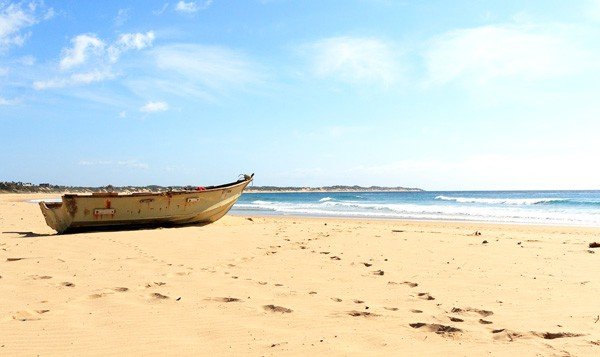
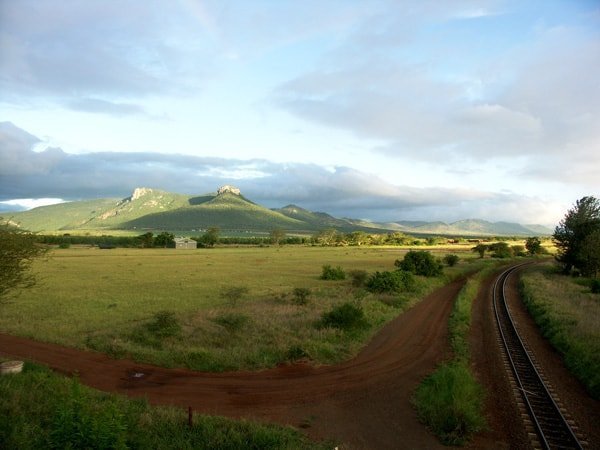
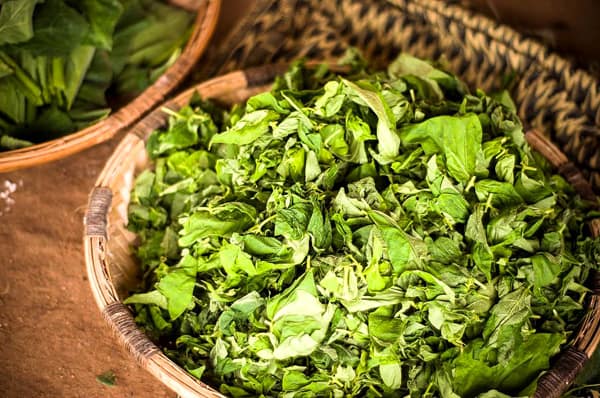
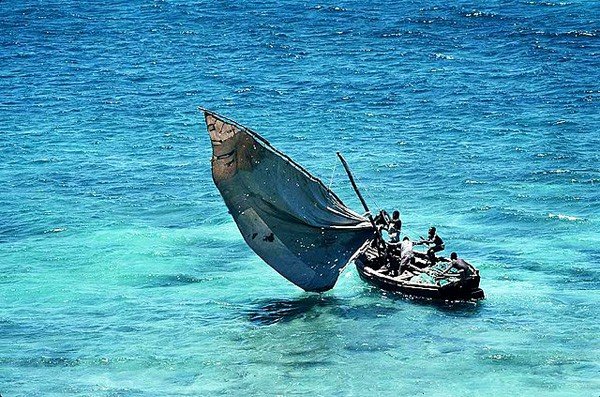
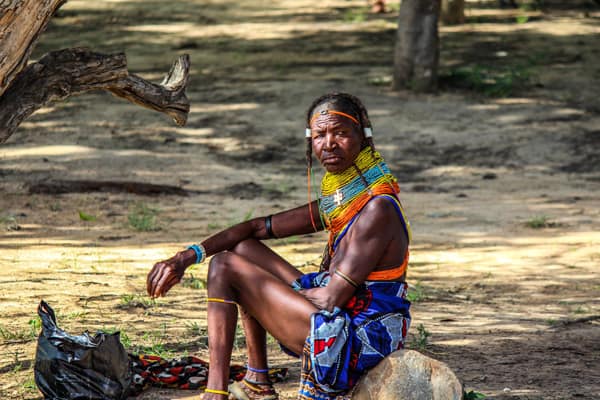
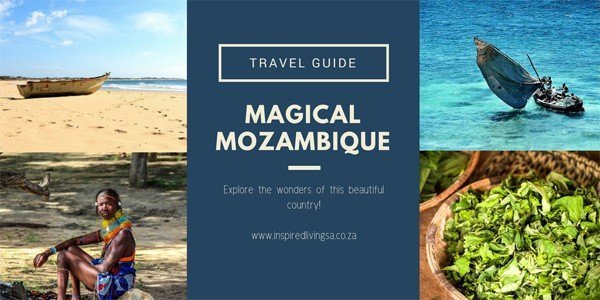





Leave a Reply